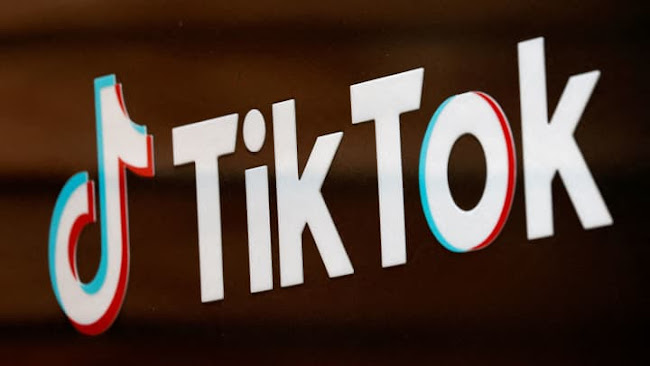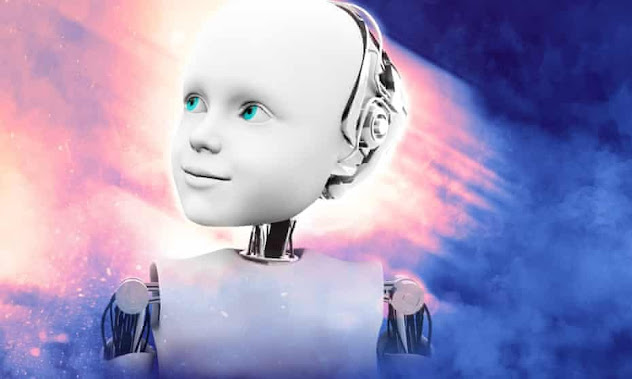The Fashion Industry's Battle Against AI: Protecting Models and Preserving Authenticity
The latest industry upset with the use of AI: Fashion
Fashion models are worried that the use of AI to create digital replicas could undermine their work opportunities [File: Peter K Afriyie/AP Photo]
Introduction:
The fashion world, epitomized by the grandeur of events like New York Fashion Week (NYFW), finds itself grappling with an unexpected adversary: artificial intelligence (AI). Amidst the glitz and glamour of NYFW, there looms a shadow of existential threat, echoing concerns seen in other sectors such as media and technology. At the heart of this concern lies the protection of models' rights and the preservation of authenticity in an industry driven by image and identity.
Challenges Faced by Models:
Models like Yve Edmond voice apprehensions about the burgeoning era of AI-driven modeling, highlighting the potential for exploitation. With technologies enabling the creation of digital replicas based on their likeness without consent, models fear losing control over their own image, undermining their brand and future work opportunities. This raises profound ethical questions about ownership and consent in an industry where one's body serves as their primary asset.
Proposed Legislation and Its Implications:
In response to these challenges, advocates, including The Model Alliance, push for legislative measures such as the Fashion Workers Act in New York State. This proposed bill aims to establish essential labor protections for models, requiring explicit consent for any digital replication of their likeness. By mandating transparency and consent protocols, such legislation seeks to safeguard models from exploitation and unfair contractual agreements.
Global Impact and Existential Threats:
While proposed at the state level, the ramifications of such legislation extend globally, setting a precedent for ethical standards in the fashion industry worldwide. Beyond immediate concerns for models' rights, the encroachment of AI poses broader existential threats, potentially displacing human workers across various industries. This raises pertinent questions about the ethical deployment of AI and its socio-economic implications.
Controversies and Ethical Considerations:
Recent controversies, such as Levi Strauss' partnership with LaLaLand.ai and Vogue's use of AI-generated models on magazine covers, underscore the ethical dilemmas surrounding AI in fashion. Criticisms of these initiatives highlight concerns about authenticity, representation, and the potential marginalization of human models. Such debates prompt reflections on the ethical responsibilities of companies and the need for inclusive and transparent practices in AI development.
Calls for Ethical Frameworks and Support:
Amidst debates over the ethical implications of AI in fashion, there are growing calls for the development of robust ethical frameworks and support mechanisms for those affected by technological advancements. Stakeholders stress the importance of considering the human impact of AI deployment and advocating for fair and equitable practices that prioritize human dignity and well-being.
Conclusion:
As the fashion industry navigates the complexities of AI integration, the protection of models' rights and the preservation of authenticity emerge as paramount concerns. Legislative efforts, ethical considerations, and calls for inclusive practices signal a broader conversation about the role of AI in shaping the future of fashion and its impact on society as a whole. In the pursuit of innovation, it is imperative to uphold fundamental principles of ethics, consent, and respect for human dignity.
Disclaimer:
The content provided above is a rewritten summary of an original news article titled "The latest industry upset with the use of AI: Fashion." The summary aims to present key points from the article in an expanded format for informational purposes. While efforts have been made to accurately represent the main themes and arguments discussed in the original article, the summary may not capture all nuances or details present in the original text. Readers are encouraged to refer to the original source for a comprehensive understanding of the subject matter. [Original Article Link]




Comments
Post a Comment